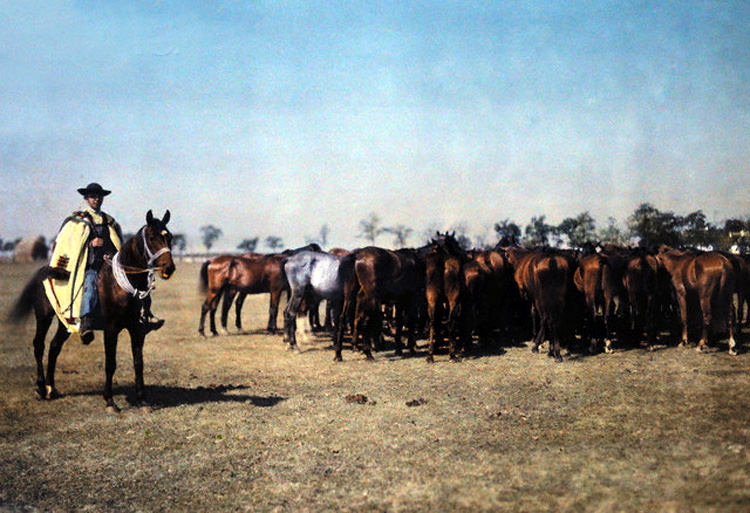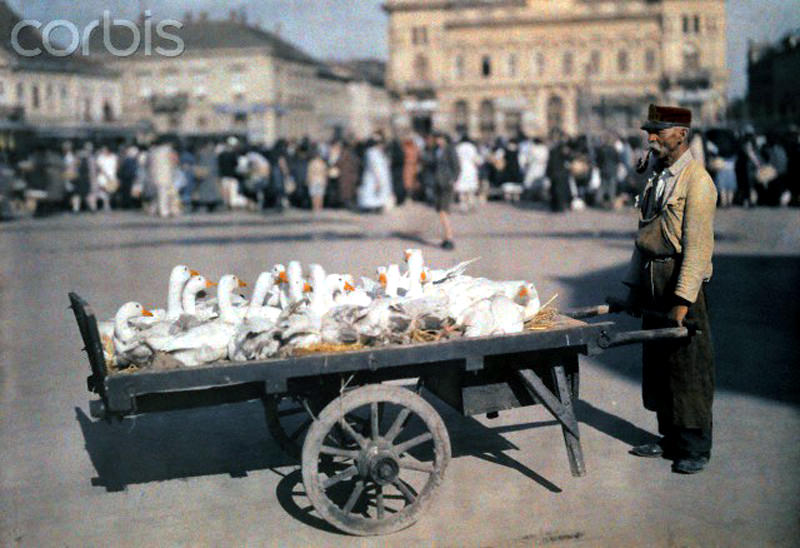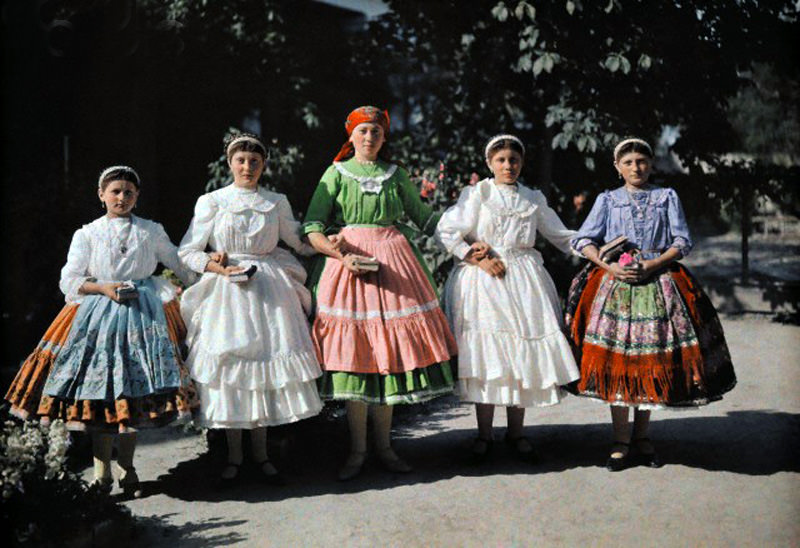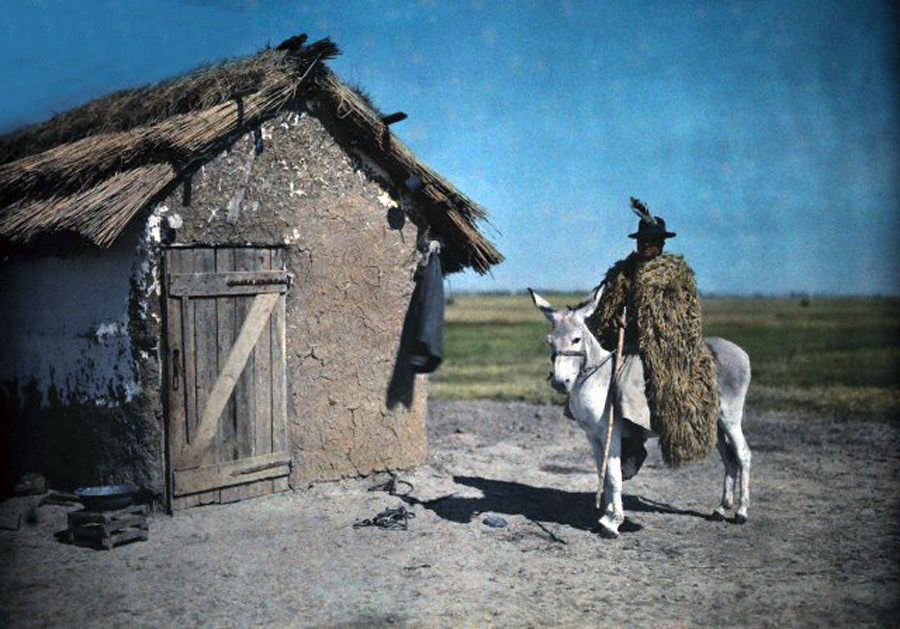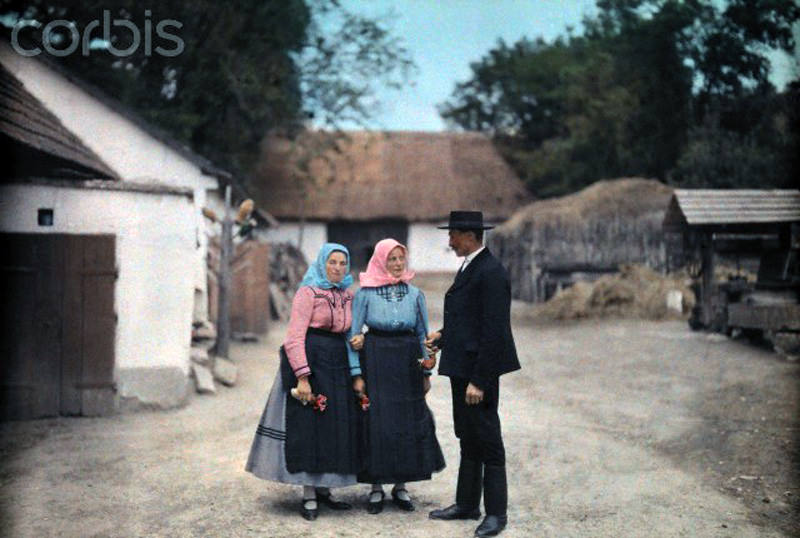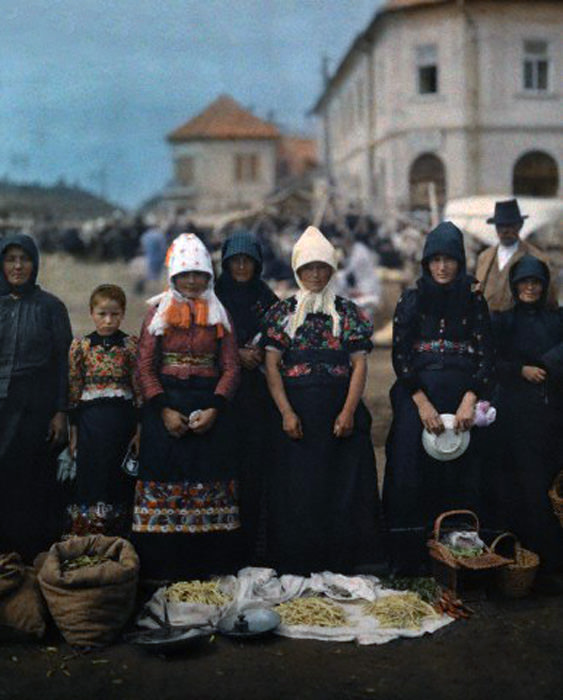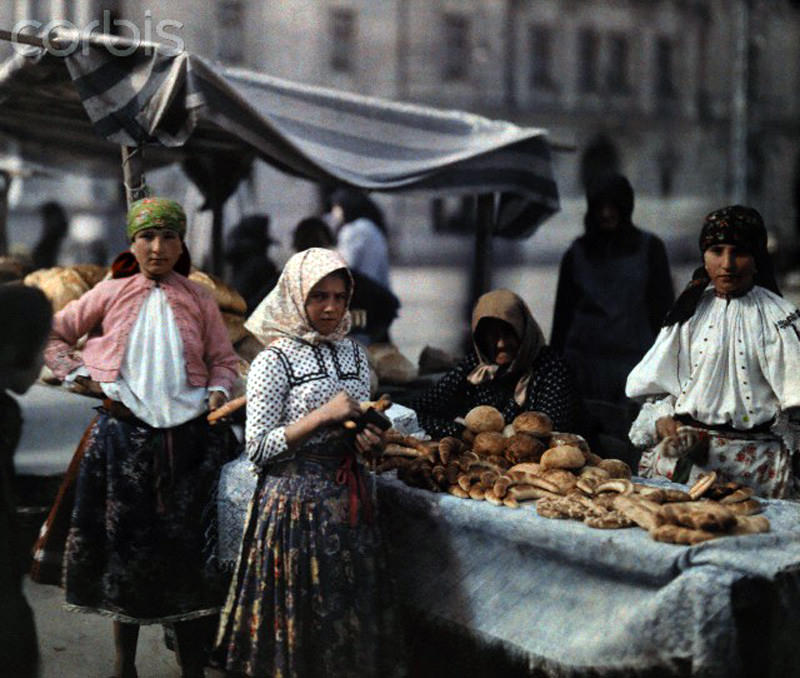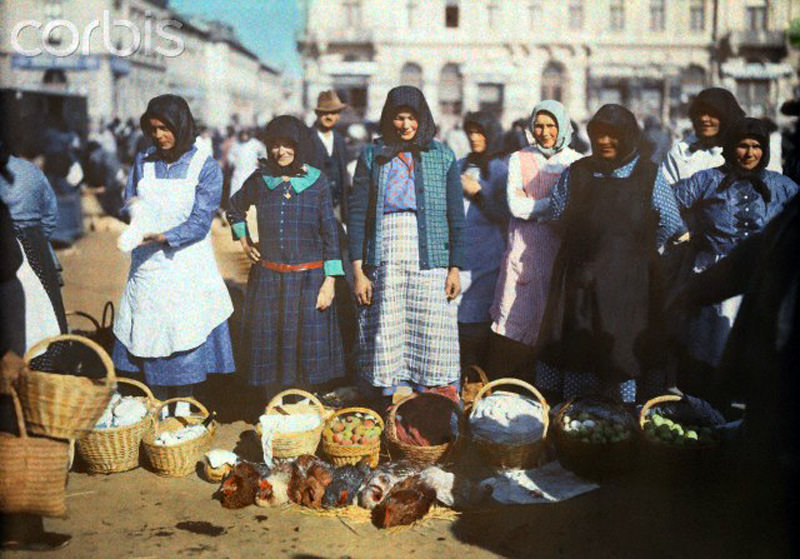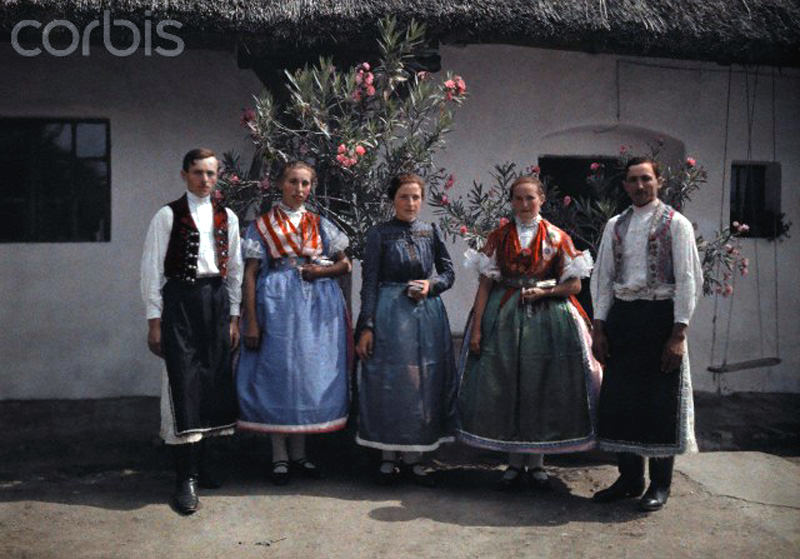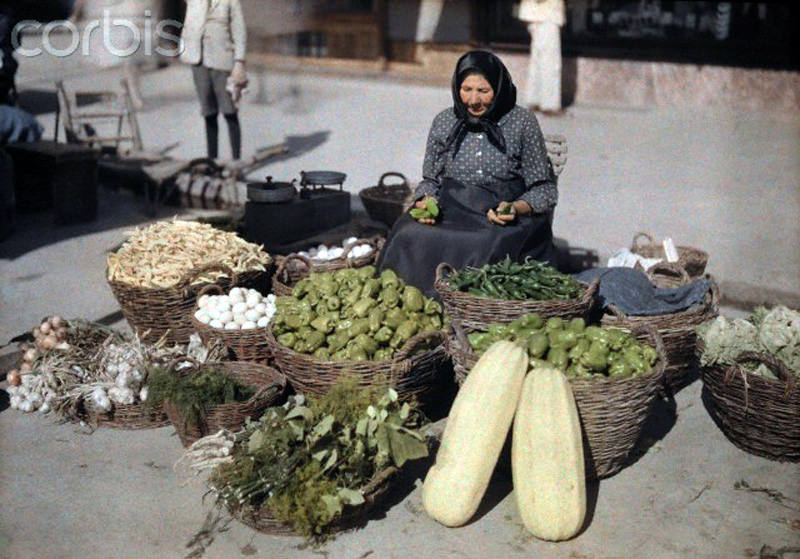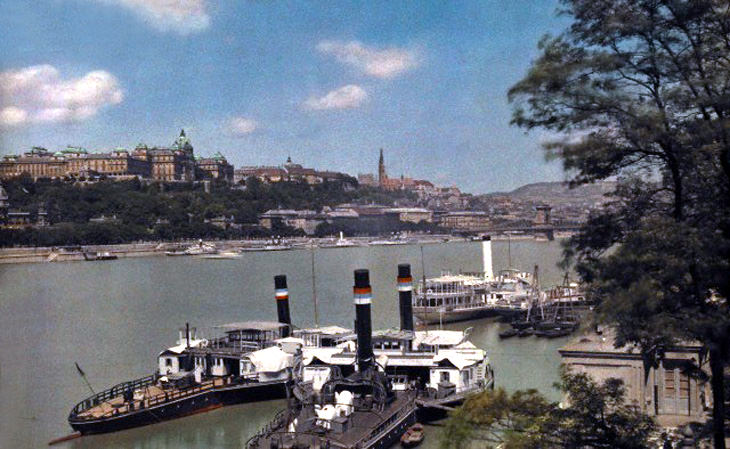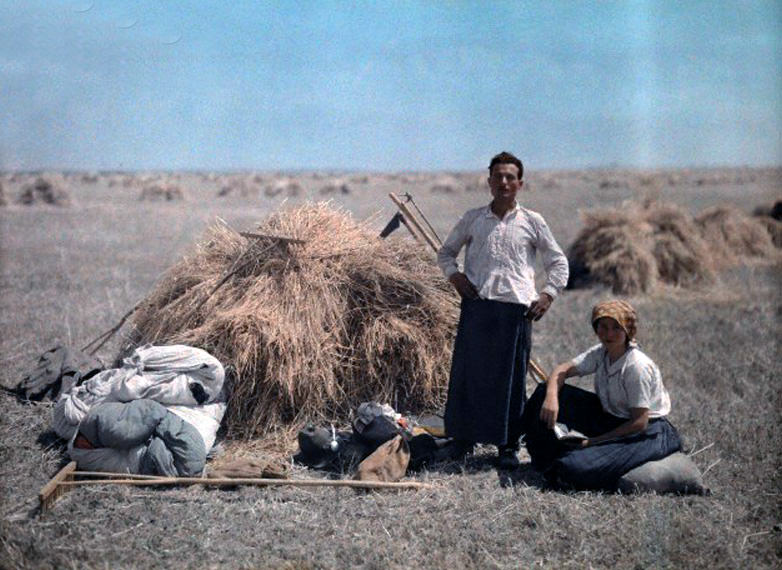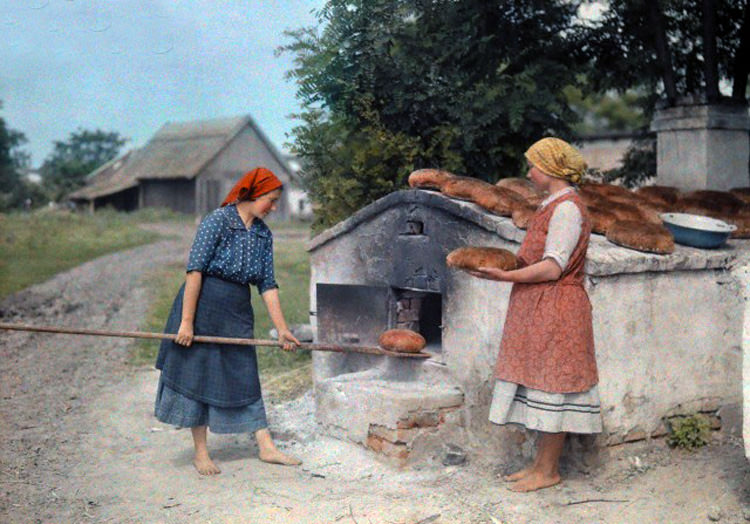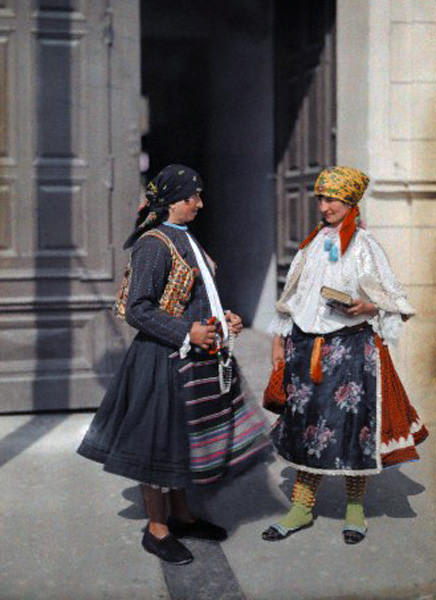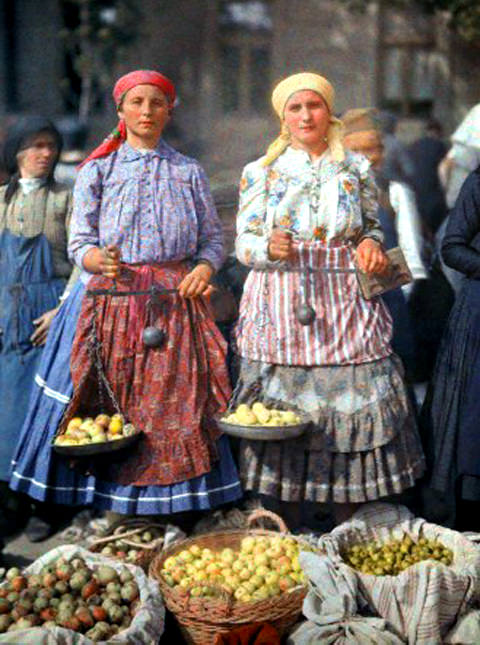The early 1930s was a time of change and challenge around the world, and Hungary was no exception. Through the lens of German photographer Hans Hildenbrand, we can get a unique look at what everyday life was like for people in this Central European country during that era. Hildenbrand was known for his pioneering work in color photography. His images offer a vivid window into the past.
Hungary in the early 1930s had a mix of bustling city life and quiet rural communities. Budapest, the capital, was a growing city. It was the center of trade and culture. Smaller towns and villages dotted the countryside. Life in these rural areas was often centered around farming.
In Budapest, people lived in apartment buildings. Many enjoyed the conveniences of modern life, such as electricity and running water. Streetcars rattled through the city streets, providing transportation. Shops offered a variety of goods, from food to clothing.
Life in the countryside was quite different. Many families lived in simple houses made of traditional materials like adobe or wood. They grew their own food and raised animals. They relied on traditional methods of farming. Life was often dictated by the seasons.
Agriculture was a major part of the Hungarian economy in the 1930s. Many people worked the land. They grew crops like wheat, corn, and grapes. They raised livestock such as pigs, cows, and chickens.
Farmers used horses and oxen to plow their fields. Much of the work was done by hand. Harvest time was especially busy, with families working together to bring in the crops. It was hard work, but it was essential for survival.
The food grown on farms was used to feed families and to sell at local markets. Farmers would bring their produce and livestock to town to trade or sell. These markets were bustling centers of activity.
The following photographs of Hans Hildenbrand offer a valuable glimpse into this period. They show us the everyday lives of ordinary people. We see their struggles and their joys. We see their traditions and their hopes for the future. These photos show us real people.


